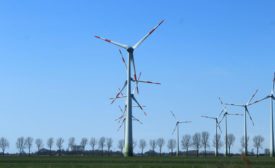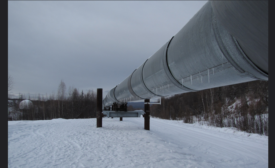Sustainability in Health and Safety
States use training, videos, WaterSense program to improve water conservation efforts
Widespread shortages expected
October 7, 2019
Become a Leader in Safety Culture
Build your knowledge with ISHN, covering key safety, health and industrial hygiene news, products, and trends.
JOIN TODAYCopyright ©2025. All Rights Reserved BNP Media.
Design, CMS, Hosting & Web Development :: ePublishing








